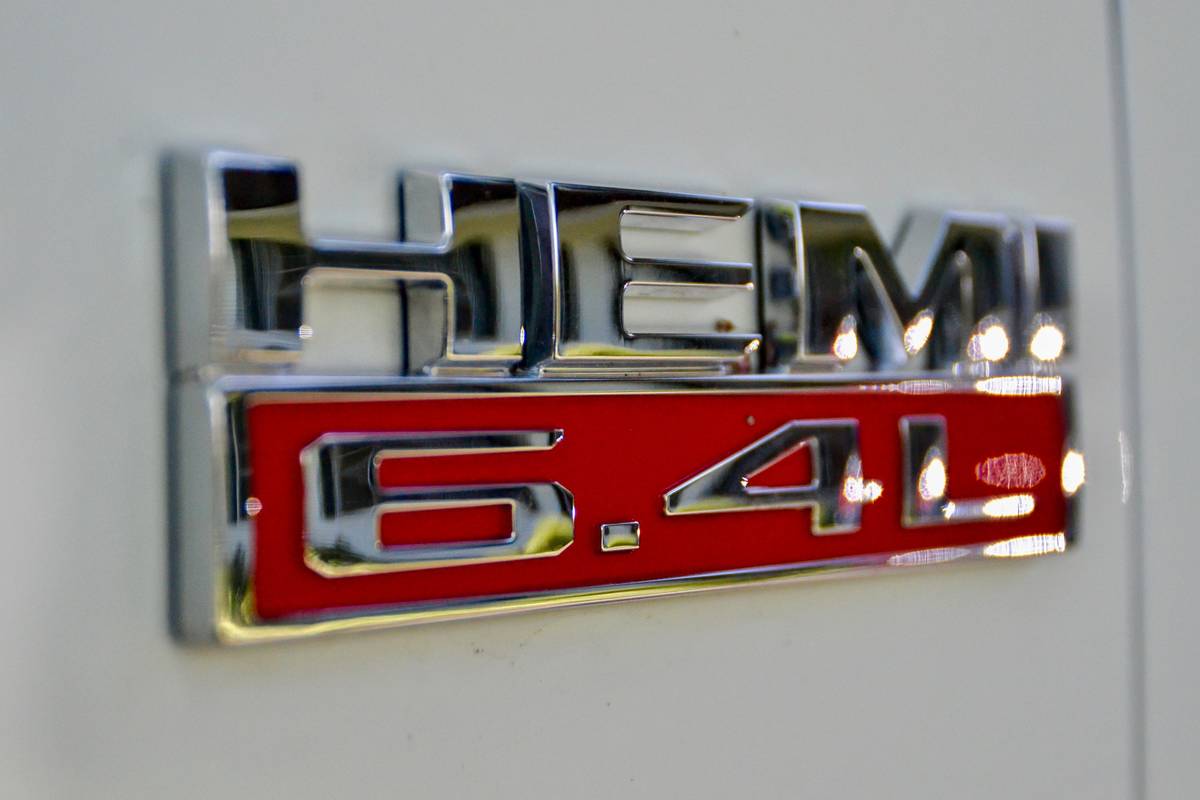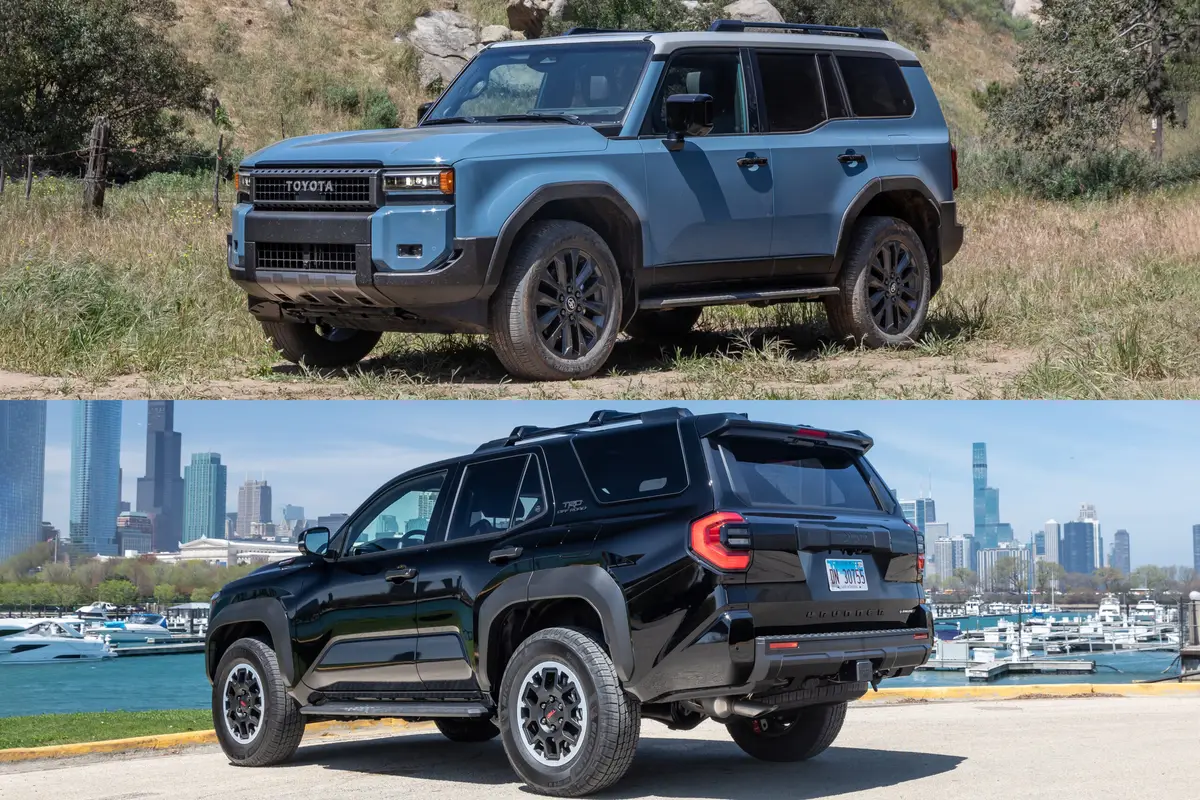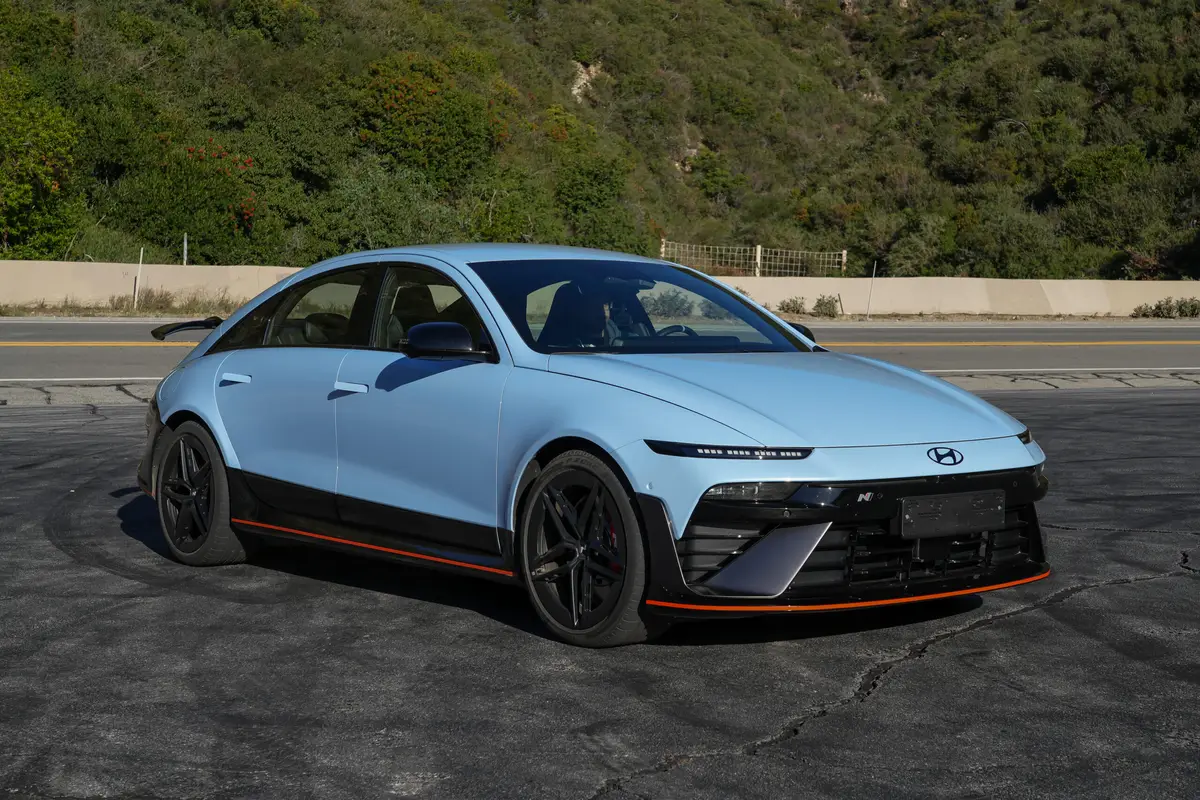What Does Hemi Mean?

Hemi refers to an engine that has hemispherical-shaped combustion chambers and pistons with rounded, instead of flat, tops.
Related: What Does Mopar Stand For?
- ${price_badge()}
- ${ami_badge()}
- ${battery_badge()}${ev_report_link()}
- ${hot_car_badge()}
- ${award_badge()}
- ${cpo_badge()}
${price_badge_description}
${ami_badge_description}
The EV Battery Rating is based on this vehicle's current expected range relative to the vehicles expected range when new. ${battery_badge_text}
This vehicle is certified pre-owned, backed by a manufacturer warranty, and typically undergoes a rigorous multi-point inspection to ensure quality and reliability.
This vehicle is currently in high demand given its competitive price, desirable features, and overall condition, and may have a higher chance of selling quickly.
Shop the 2020 RAM 1500 near you


The hemispherical shape of the combustion chambers allows using larger valves to improve air intake and exhaust flow, as well as spark plug placement, promoting more complete combustion and producing more power.
Though European manufacturers made hemi engines starting in the early 1900s, Chrysler Corp. made them famous.
Chrysler built V-8 engines with hemispherical combustion chambers from 1951 to 1958, but didn’t use “hemi” in its marketing. That changed in 1964 when Chrysler introduced a 426-cubic-inch (7.0 liters) hemi racing engine that blew away the competition in NASCAR and in drag racing.
Racing organizations required Chrysler to build the engine for street use, where it earned legendary status among performance aficionados. Chrysler trademarked the Hemi name, and it built the vaunted 426-cubic-inch street version from 1965 to 1971.
When Chrysler — today, part of Fiat Chrysler Automobiles — revived the Hemi engine in 2003 for Dodge Ram pickup trucks, it was a hemi in name only because the combustion chambers were nearly flat. Chrysler has traded heavily on the Hemi brand name with the V-8s currently available in Ram, Jeep and Dodge vehicles — but they are not related to the legendary 426-cubic-inch Hemi of the 1960s.
Cars.com’s Editorial department is your source for automotive news and reviews. In line with Cars.com’s long-standing ethics policy, editors and reviewers don’t accept gifts or free trips from automakers. The Editorial department is independent of Cars.com’s advertising, sales and sponsored content departments.
Featured stories



